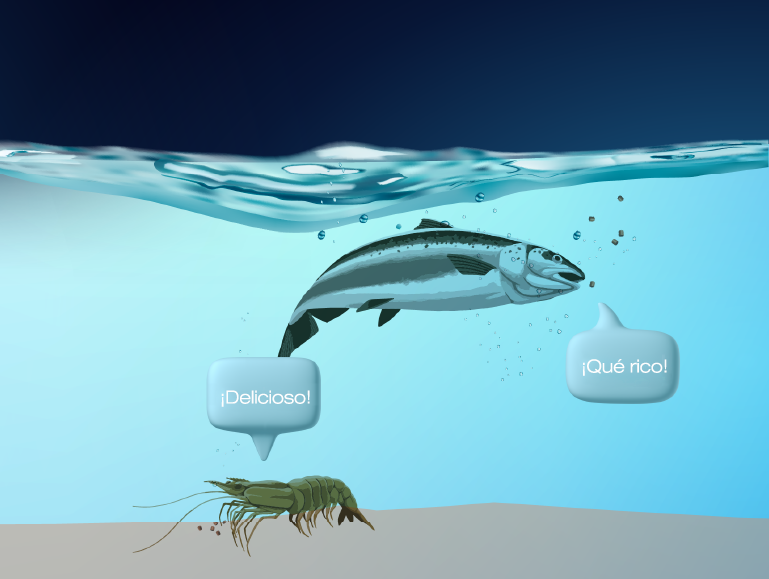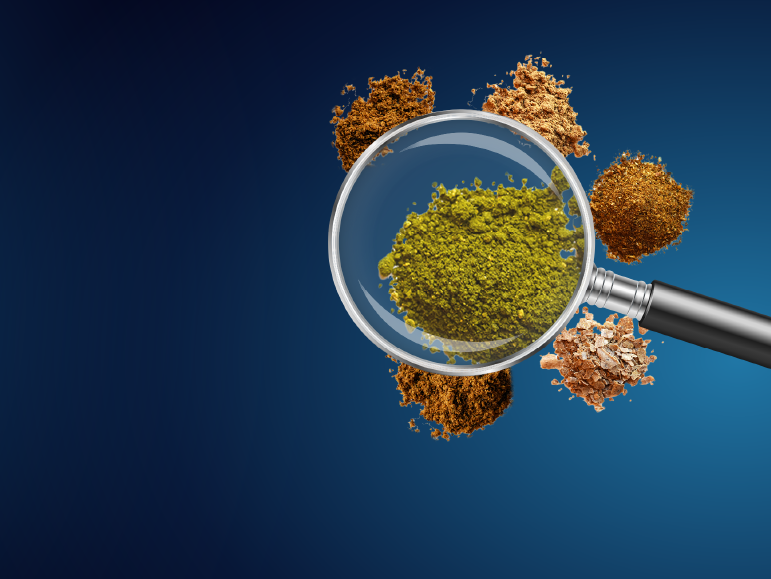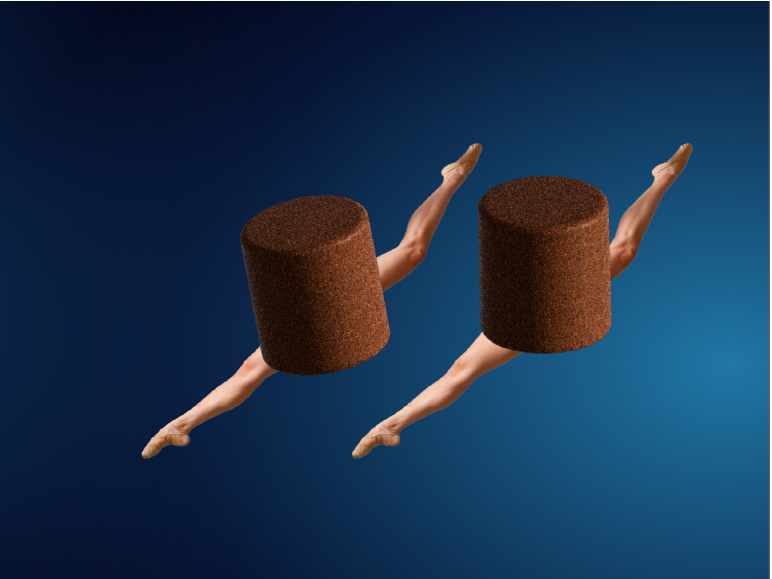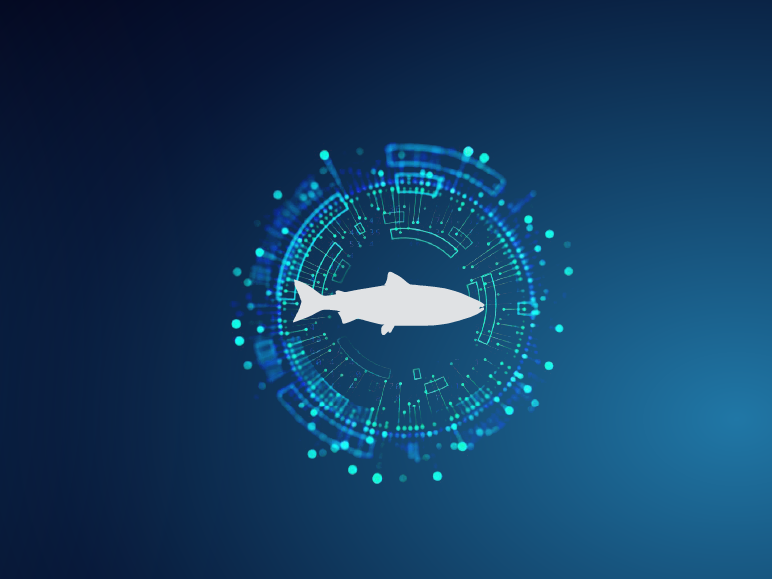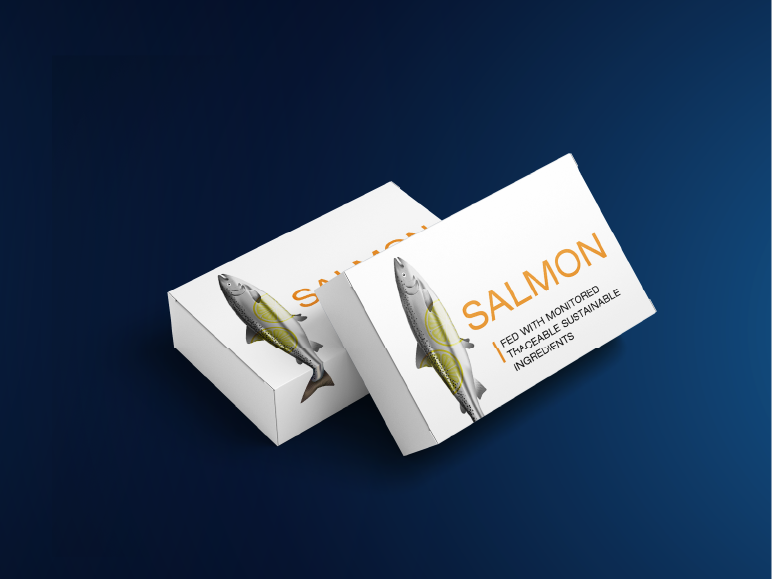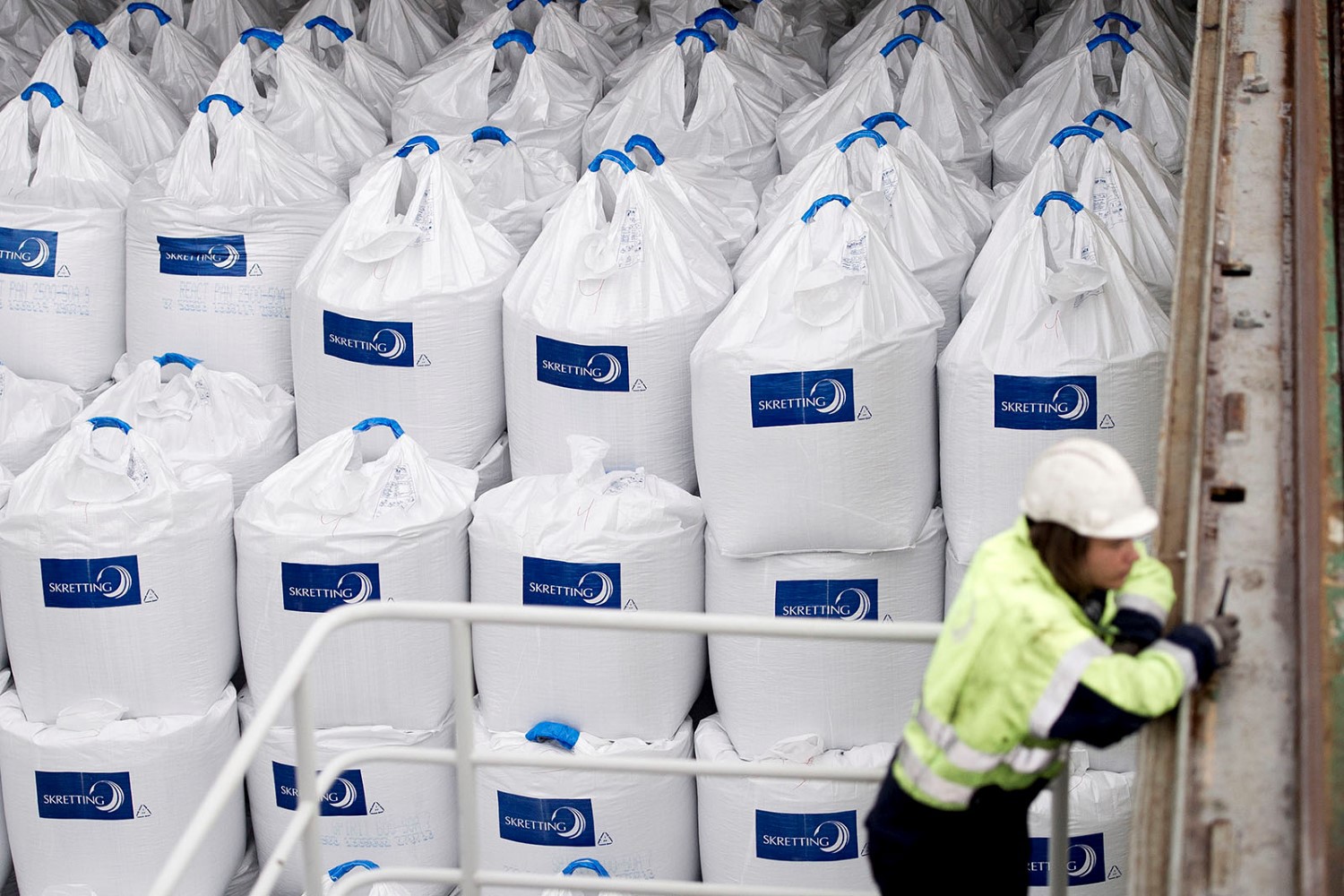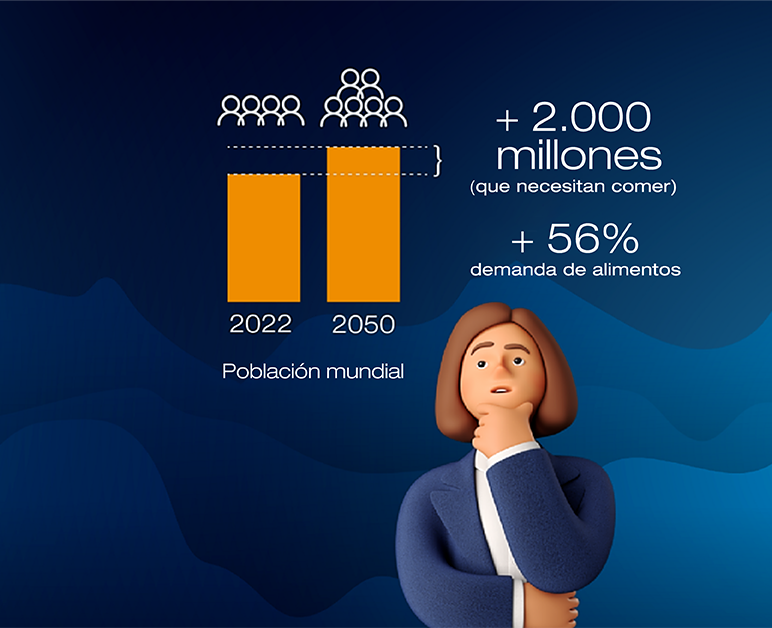
What is the pellet iceberg?
Fish and shrimp feed make an essential contribution to global food security. Every day, Skretting foods contribute to more than 21 million servings of seafood meals worldwide. There's a lot of outdated information out there about aquafeed, but this industry has come a long way from where we started. So, what's in a pellet? How do we make them? How do we guarantee quality and sustainability standards? And why do they cost what they cost?
One of our ambitions is to make sure that we are transparent in what we do, so that we can all feel safe when buying and eating farmed fish and shrimp (did you know that more than 50% of all fish and seafood is farmed and that fisheries catches have not increased since the 1980s?). That's why, in this series on pellets, we shine a light on our aquaculture feeds, their unique properties and the innovation that is critical to ensuring that we can all enjoy safe, healthy and sustainable products in the future.
Read on to learn about the advanced processes behind the humble yet powerful pellet.
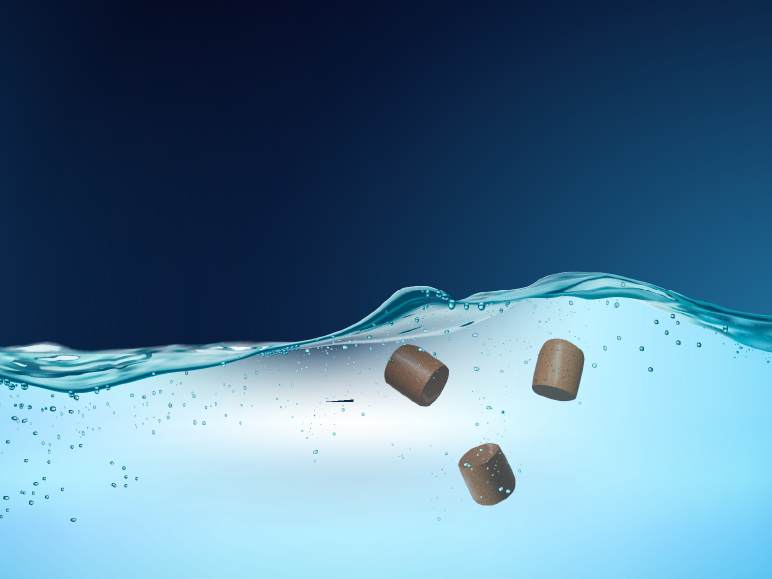
Why do we call it the pellet iceberg?
Just as 90% of an iceberg is hidden under the waterline, almost all the value of aquafeed is not visible to the naked eye (let alone to people outside our industry). We want to change that. The humble exterior of pellets hides decades of pioneering scientific research and development and practical commercial applications, all geared towards making the cultivation of aquatic species more accessible, sustainable, productive, and valuable.
Did you know that more than 20 million people around the world work in aquaculture, and that the fish and prawns they feed depend on these small pellets? As a global aquafeed producer, Skretting has a great responsibility, and we are passionate about getting it right.

Next chapter
A little context and the future of blue foods. Also known as 'why Skretting exists'.
Before we delve into the pellet itself, let's talk about why we're here. The challenge of global food security is simple and well-known: by 2050, the world must feed two billion more people, an increase of a quarter of the world's population today. The demand for food will be 56% higher than in 2010. And this must be achieved without more land and with a limited amount of water.

